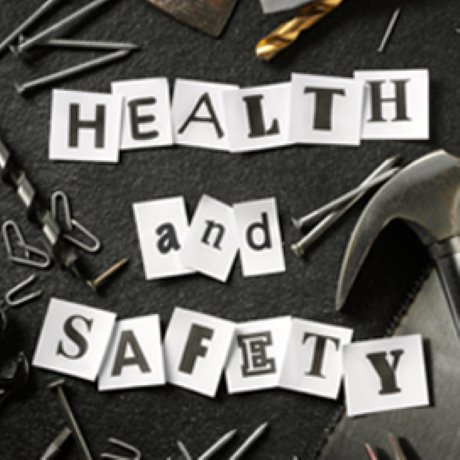A study conducted by the Institute for Work and Health (IWH) shows work-related injuries in Ontario declined by 30 per cent from 2004 to 2011, reaffirming the efforts made by employers to make the workplace safe, states Patrick McManus, chair of the Ontario Construction Employers Coalition (CEC).
The results are in sharp contrast to non-work injury rates, which did not change, states the IWH.
"That’s been a CEC position since 2010, so seeing this in an independent third party report really reaffirms that these declines are very very real and they are largely a result of this employer investment," adds McManus.
One of the study’s authors, Dr. Cameron Mustard, who is also president and senior scientist at IWH, says the reason for the analysis was to see if what was coming across from workers’ compensation reports was indeed accurate.
"We think we’ve known through the view of the registration of workers’ compensation clients, in every province, that year over year in Canada work looks like it’s getting safer because the number of compensation claims is going down," explains Mustard.
"But there are concerns that maybe that’s not a true story. It may be that what’s happening…for various reasons, workers and employers are choosing not to report injury and illness. So it was valuable to look at two other sources of information."
The two pieces of data analyzed included the record of all emergency department visits, which Ontario hospitals have been required to report since 2000, and a series of health interview surveys that Statistics Canada conducts on a sample of working-age adults.
"Both of those data sources…it’s the same story," Mustard adds. "It gives us more confidence that what we are seeing is true. It tells us that the effort on the part of regulators and employers to make work safer is working. The bad news is from a public health perspective…we’re not making the same progress. Our non-work activities have not improved at all."
According to the study, the five leading causes of occupational injury among patients who went to the emergency department were: inanimate mechanical force (an injury caused from a machine, a tool for example, or being struck) at 52 per cent; falls at 16 per cent; overexertion with 14 per cent; electricity, fire, and hot objects at three per cent; and poisoning at two per cent.
The five leading causes of non-occupational injury were inanimate mechanical force at 29 per cent; falls at 23 per cent; overexertion at nine per cent; intentional injury with six per cent; and motor vehicle collisions at five per cent.
"For a few types of injuries, the researchers found parallel declines in both work-related and non-work injuries," the statement reads.
"These included injuries due to motor vehicle collisions, natural or environmental causes, and intentional self-harm. However, for many other injury categories, the researchers found either no reduction in non-work injuries, or reductions that were substantially smaller than those achieved at work."
Mustard states that employer investment is clearly starting to pay off.
"Some estimates suggest that employers may spend as much as a thousand dollars per worker per year to prevent work-related injury and illness among their employees," he says. "As a society, we invest perhaps a tenth of this amount in protecting children, adults and seniors from the causes of injury in non-work settings."
McManus says there is an unfortunate stereotype that has plagued the industry over the years about the lack of attention to safety.
"There seems to be a narrative out there that claims that employers don’t take health and safety responsibility seriously or that they hide their claims…but I think this report really debunks those claims," he says. "They (employers) have responded in a very big way and have invested millions in training and equipment and technology and any other thing that’s out there that can reduce workplace injuries."
The study, Diverging trends in the incidence of occupational and non-occupational injury in Ontario 2004-2011, will be published in the February 2015 edition of the American Journal of Public Health.
The IWH is an independent, not-for-profit research organization that aims to protect and improve the health of working people. According to the IWH website, as of 2013, the Institute operates with core funding from the province, with the stewardship of this funding lying with the Ontario Ministry of Labour (MOL). The IWH states it "has an arm’s-length relationship with the MOL…the specifics of our research agenda, as well as how we conduct and report on our research, are all determined by IWH independently of our core funder."
Mustard says going forward he hopes employers continue to strive for safe practices, and hopes those outside the workplace begin to do the same.
"This downward trend indicated that the nature of hazards at work can be controlled. These are not random acts. (Employers) keep doing what you’re doing, it’s really important," he says.











Recent Comments
comments for this post are closed